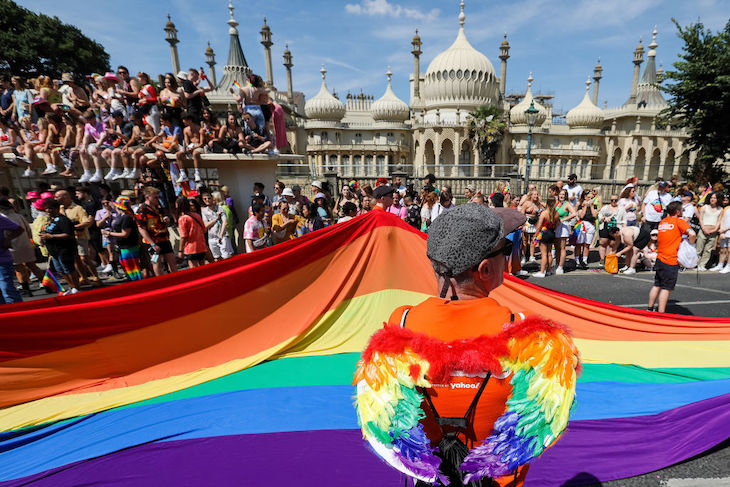Did you realise that one in every 67 Muslims is transgender? That adults with no educational qualifications are almost twice as likely to identify as transgender as university graduates? That the London boroughs of Brent and Newham are home to higher proportions of transgender people than Brighton and Oxford? These are some of the astonishing results from the 2021 census of England and Wales, which was the first in the world to ask about gender identity.
The Office for National Statistics (ONS) released detailed census data for England and Wales on Tuesday. These data deepen the problems raised by Alice Sullivan, professor of sociology at University College London, and myself after initial results were released in January. As the census is the gold standard of data collection, to query its numbers seems sacrilegious. The results for gender identity, however, are scarcely credible.
The problem began with the question itself. The ONS did not ask a plain question like: ‘Are you transgender?’ Instead, it chose a convoluted formulation: ‘Is the gender you identify with the same as your sex registered at birth?’
If Newham had so few inhabitants who signed a pro-trans petition, what accounts for its prominence in the census trans figures?
Those who answered ‘no’ could then write in their gender identity.

Get Britain's best politics newsletters
Register to get The Spectator's insight and opinion straight to your inbox. You can then read two free articles each week.
Already a subscriber? Log in






Comments
Join the debate for just £1 a month
Be part of the conversation with other Spectator readers by getting your first three months for £3.
UNLOCK ACCESS Just £1 a monthAlready a subscriber? Log in